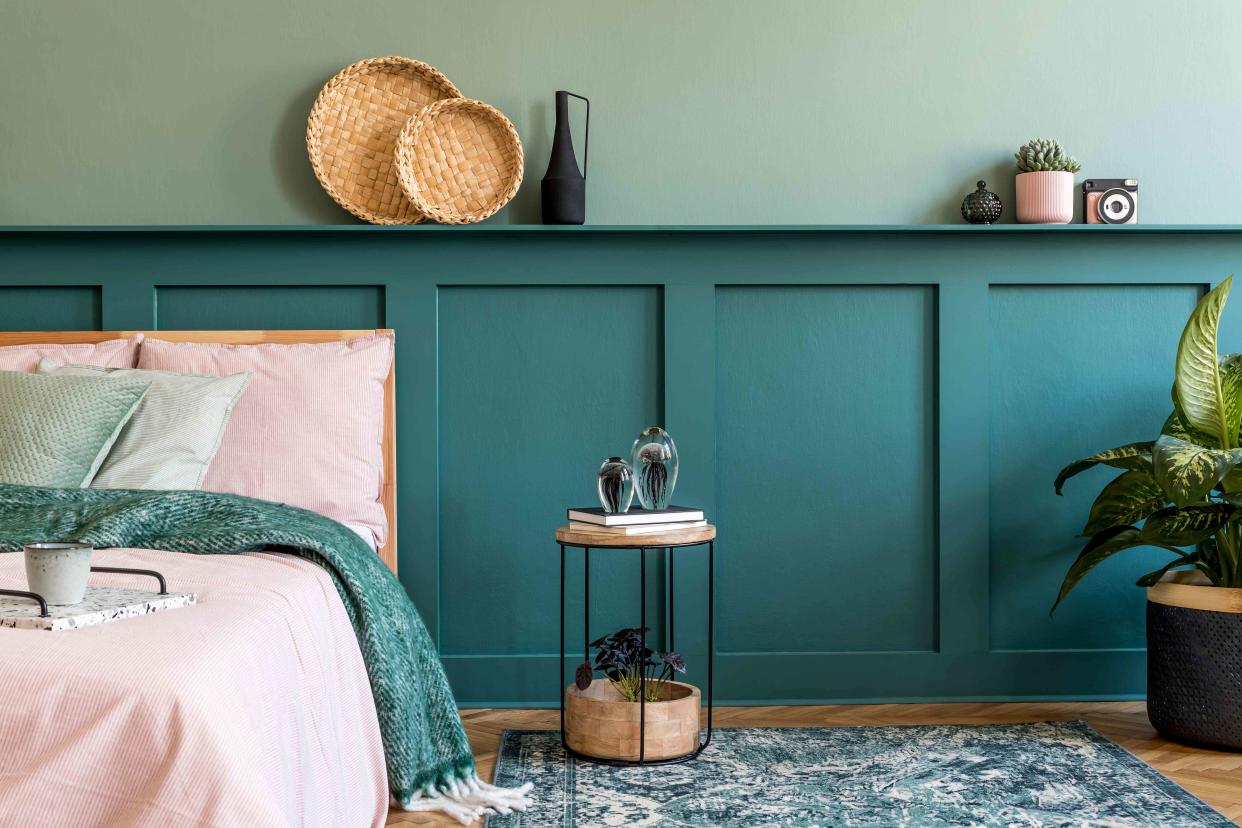5 Tips For Making Every Room Flow Together, According To Interior Designers
No flow? We've got the fix.

FollowTheFlow/Getty Images
Whether you live in a suburban house or a city apartment, the right flow can instantly enhance any home. While you might not immediately notice if a home flows well from room to room, you’re very likely to notice if it doesn’t.
Fortunately, flow isn't as hard to achieve as you might think—the trick is to make a few very strategic decisions. Here are five tips for achieving seamless flow between rooms, according to interior designers.
Related: 3 Compelling Reasons to Consider a Closed Floor Plan
Meet Our Expert
Jonathan Parks, senior vice president of merchandising and design for Ballard Designs
Amy Switzer, Dallas-based interior designer of Amy Switzer Design
Pick a Style—and Stick to It
Do you love traditional design? What about sleek and modern? Or have you always imagined living in a comfortable, contemporary home? While it’s okay to appreciate a variety of styles (most of us do), be aware that incorporating all of them into your home won’t improve the flow. It has the opposite effect.
Interior designer Amy Switzer says, “While you can experiment with different design elements in each room, try to maintain a cohesive theme or style throughout your home. This could be anything from modern and minimalist to traditional and cozy. Consistency in style helps to tie the rooms together.”
So, while you might have one piece of traditional furniture in a modern home or accessorize a traditional home with contemporary art, Switzer says it’s best to avoid mixing too many conflicting styles or themes. “This can create visual confusion and disrupt the flow between rooms. Aim for a cohesive design scheme that ties the spaces together. Failing to consider the architectural features of your home can lead to awkward transitions between rooms.”
Related: What Is Transitional Design and Why Is It So Popular Right Now?
Integrate Materials You Love As Much as Possible
According to Jonathan Parks, senior vice president of merchandising and design for Ballard Designs, repetition is a designer’s secret weapon. He says, “When you repeat materials and textures throughout a room, it creates not only a cohesive look but a natural flow that feels reassuring and comfortable. That’s why well-designed rooms draw you in and make you want to sit back, relax, and stay awhile.”
However, that doesn’t mean snagging that living room set with a matching sofa, loveseat, and accent chair—it’s not that everything needs to match perfectly, but it's best to have a few things that have a cohesive vibe and just feel kind of the same (without being exactly the same).
Choose a Color Palette You Love
Whether you like blues, pinks, greens, or any other color, it’s crucial to find a palette that can work throughout your entire home. That doesn’t mean every room needs to match, but rather, it means repeating complementary shades within the same family whenever possible.
Once you choose your hues, Parks suggests mixing up textures within the same family and creating flow with color by repeating the same hues from windows and walls to furniture and accents.
He explains, "For example, layer colorful accessories like jewelry throughout your room to lure the eye in a smooth, natural flow. Find a fabric you love and choose colors within it to create the foundation for your home’s palette. Decorate with pillows, drapery, upholstery, and rugs that utilize those foundational colors to unify your look.”
Related: 9 Interior Color Schemes Design Pros Swear By
Consider Scale and Proportions
If you’re decorating one room, try to think about how it will visually connect to the adjacent spaces. “Pay attention to the scale and proportion of furniture and decor items in each room. The consistent scale helps create a seamless transition from one space to another. Try to avoid placing oversized or undersized pieces that disrupt the flow,” says Switzer.
Try To Keep Flooring Consistent
A mixture of too many types of flooring can make a home look choppy. So if you’re renovating or installing new flooring, it's ideal to install the same flooring throughout the main areas of the home. “This helps to visually connect the rooms and creates a smooth transition from one space to another,” says Switzer.
Flooring can be expensive, so it’s essential to measure and budget properly. If you’re redecorating or your home has multiple types of flooring that can't be changed, creating consistency with rugs can be a practical alternative.
Related: 5 Design Tips to Steal From Hotels for a Cozier and More Inviting Home
For more Real Simple news, make sure to sign up for our newsletter!
Read the original article on Real Simple.
